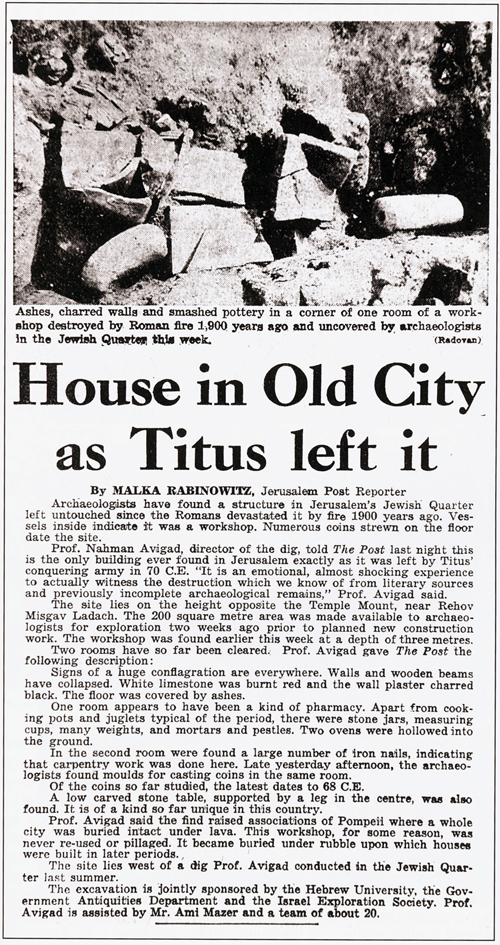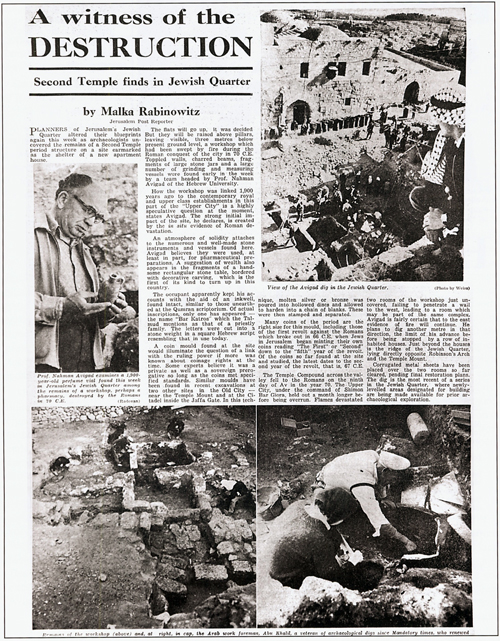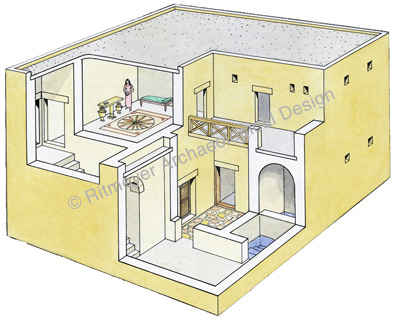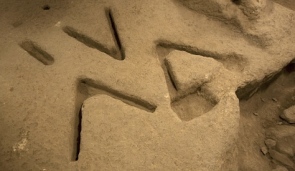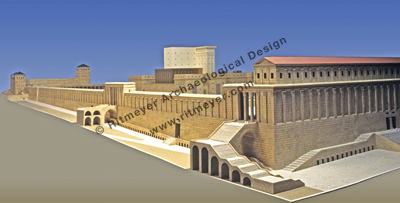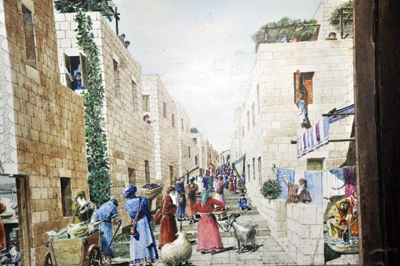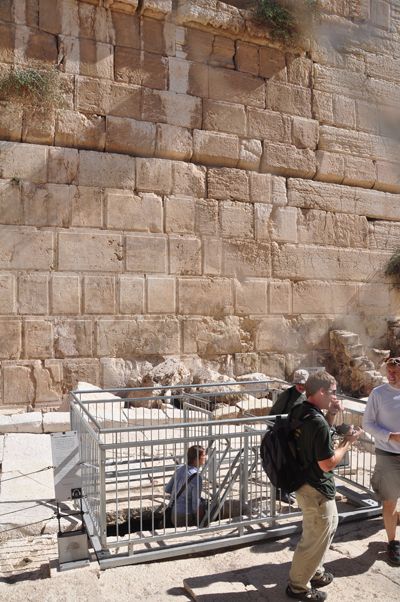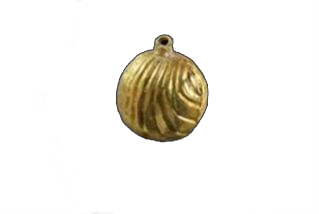While studying Conservation at the Institute of Advanced Architectural Studies at the University of York, archaeologists of the York Archaeological Trust showed us graphs indicating that the number of visitors coming to York during the month of February was always the lowest. That is why they organize the Jorvik Viking Festival every year, which includes the burning of a Viking boat on the river (incidentally, the website has a page on Barley Hall, the restoration of which I was fortunate to have been involved with).
This general trend is well-known in commerce and tourism, hence the protracted sales and low prices to attract customers during February. That may have been the reason why Haaretz put up an article on Roman Jerusalem, then called Aelia Capitolina, which is well written and interesting, but contains nothing new.
The fact that the straight streets, such as Chabad and Hagai, David Streets and the Via Dolorosa, date back to the Roman period has been known for a long time. Both the Cardo Maximus and the Lower Cardo began at the Damascus Gate in the north of the city, as shown on the Madaba Map.

The very interesting excavation to the west of the Western Wall Plaza, where a good stretch of the Lower Cardo was found, has been well documented previously and the street was known long ago from the Madaba Map. The discovery of a Roman Bath house has also been reported earlier, as was a Roman building in the Givati parking lot.

Experts agree the city was planned extraordinarily well, based as it was on designs of other cities in the empire and according to orders that came directly from the emperor.
To be sure, some new evidence has come to light during the last decade, but nothing revolutionary or earthshaking that was not known many years ago.
HT: Joe Lauer

